You spend hours doing everyday tasks at your workplace. You think that's the part of your job. But what if it could be done on its own, and you could invest your essential time in creative thinking or solving other major problems? Wouldn't that be great?
The ultimate solution to this issue is tasks automation. Let's find out what daily tasks you can automate, its process, and which tools can help.
What Types of Tasks Should Be Automated
You should automate all the routine tasks that you perform on a daily basis that consume a considerable amount of your time but don't necessarily add anything valuable to your work.
Here are some of the examples of tasks that you can automate. Note down the ones included in your tasks list.
1. Scheduling Appointments
One of the biggest time wasters providing no value is scheduling appointments. So stop talking back and forth with your clients to find the best time that works for both of you. Instead, open a few slots on your calendar and share the list with them.
This way, you can cross out all the scheduling tasks from your to-do list and still get the appointments right on time. Automation tools can help you with the integration of scheduling apps and calendars.
2. Boring Tasks
.jpg)
Many tasks don't require any higher-order thinking. Such as sorting and responding to emails, data back-up, invoicing and billing, customer service and engagement, updating contact information, etc.
So instead of adding them to your to-do list every day, consider automating them. And see how much time you make available for yourself.
3. Transfering Information Among Several Apps
No workplace is free from this task. You always need data, and then you need to transfer that data from one application to another. But be smart, don't spend time copy-pasting or importing and exporting tons of data coming to you regularly through different ways. Automate this action.
4. Tasks That Eat Up Your Essential Time
Apart from setting schedules, sending emails and invoices, transferring data, and others comes another task that actually seems important—social media posting. You sure need to promote your brand and engage with your audience, and hence, stay active on these platforms.
But, it may cost you time as you end up in the infinitely repeated cycle of liking, commenting, and sharing. So, automate this extremely time-consuming task.
5 Steps to Task Automation
The list of automating your tasks can be endless. And sometimes it may even depend on the type of work you do, so we can't cover them all here.
Still, we want to make the whole idea easier for you to follow. So here's the process for task automation.
Step 1: Write Down the Daily Tasks
When making a list of the tasks that you should automate, start by:
- Writing down the tasks you perform daily.
- List the time that you spend on each task.
- Add the frequency of how many times do you need to perform those tasks—hourly, daily, weekly, monthly, annually, etc.
Once it's done. Check out which of the following categories do they fall in. Are they the tasks that are:
- Performed regularly or on a schedule?
- Boring and can be done without any higher-order thinking?
- Transferring information within applications?
- Eating up the essential time that you may invest in valuable projects?
After listing them all, pick up the ones that you really think should be automated from now on.
Step 2: Research

The next step includes researching the right tools that you can use to automate your tasks. Base your research on your current needs and budget. For instance, if you're a solopreneur, you don't need an automation tool made for enterprises. So, choose accordingly.
Step 3: Find Out the New Workflow
After choosing which tool you'll use to automate your tasks, find a new workflow system that works for you, and describe how things will move from now on. Make sure everyone on the team knows about the new changes so that everything works seamlessly.
For instance, you can describe to your team how to schedule meetings from now on:
1. Create your profile on Calendly, and go to the home page.
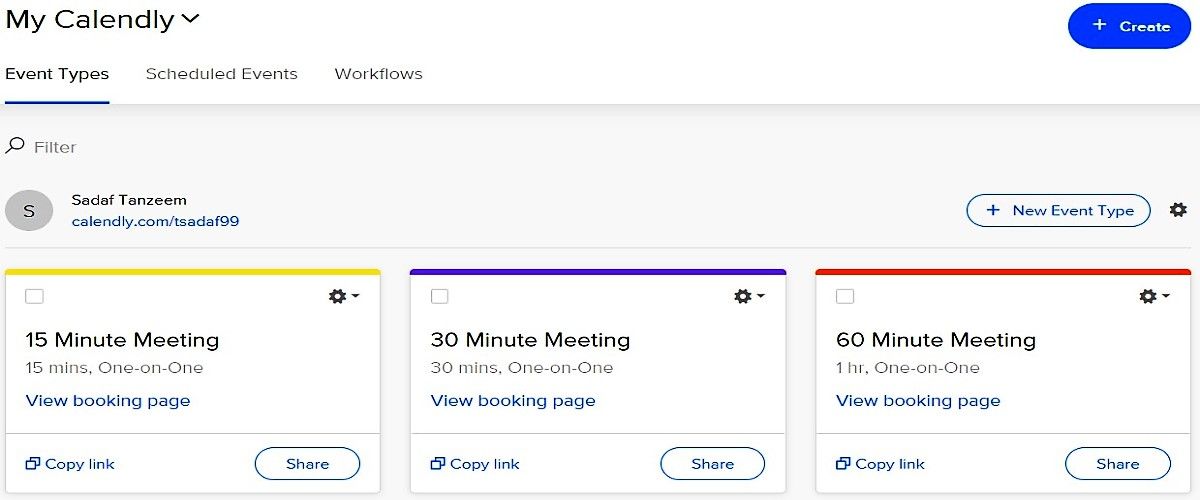
2. Schedule the new meeting by clicking on Create.
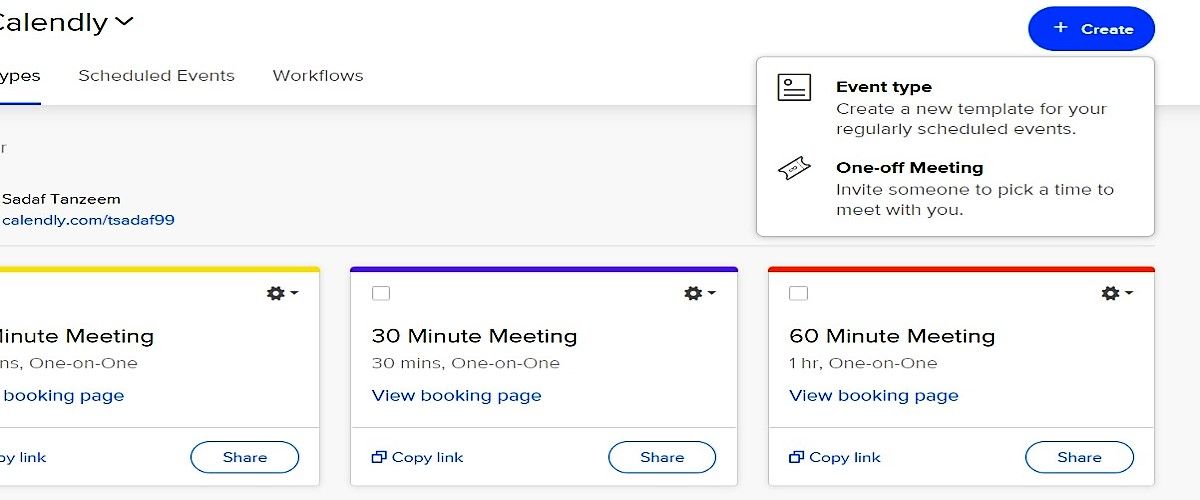
3. Select the duration of your meeting from the left menu.
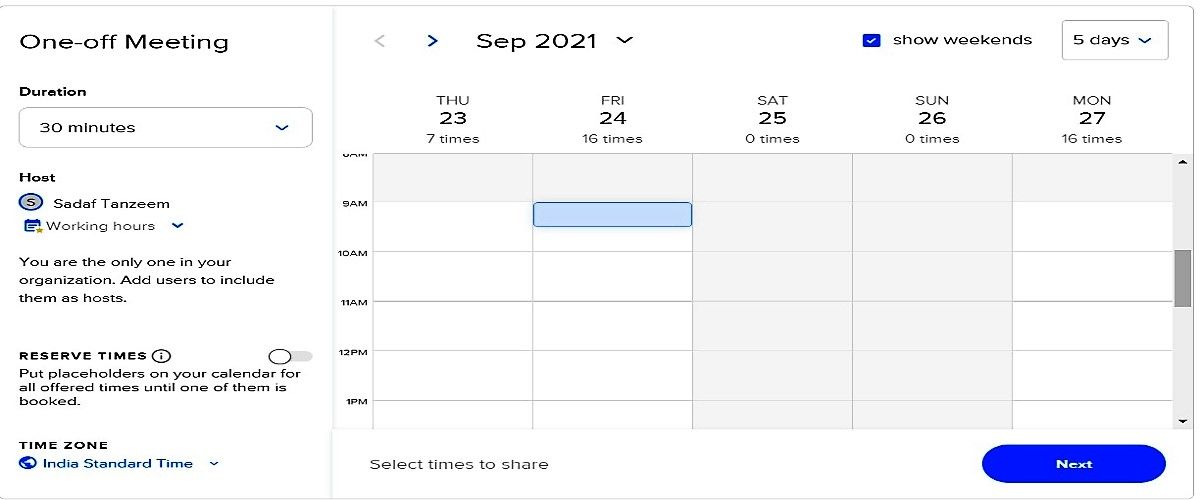
4. Select the availability of time by adding different slots.
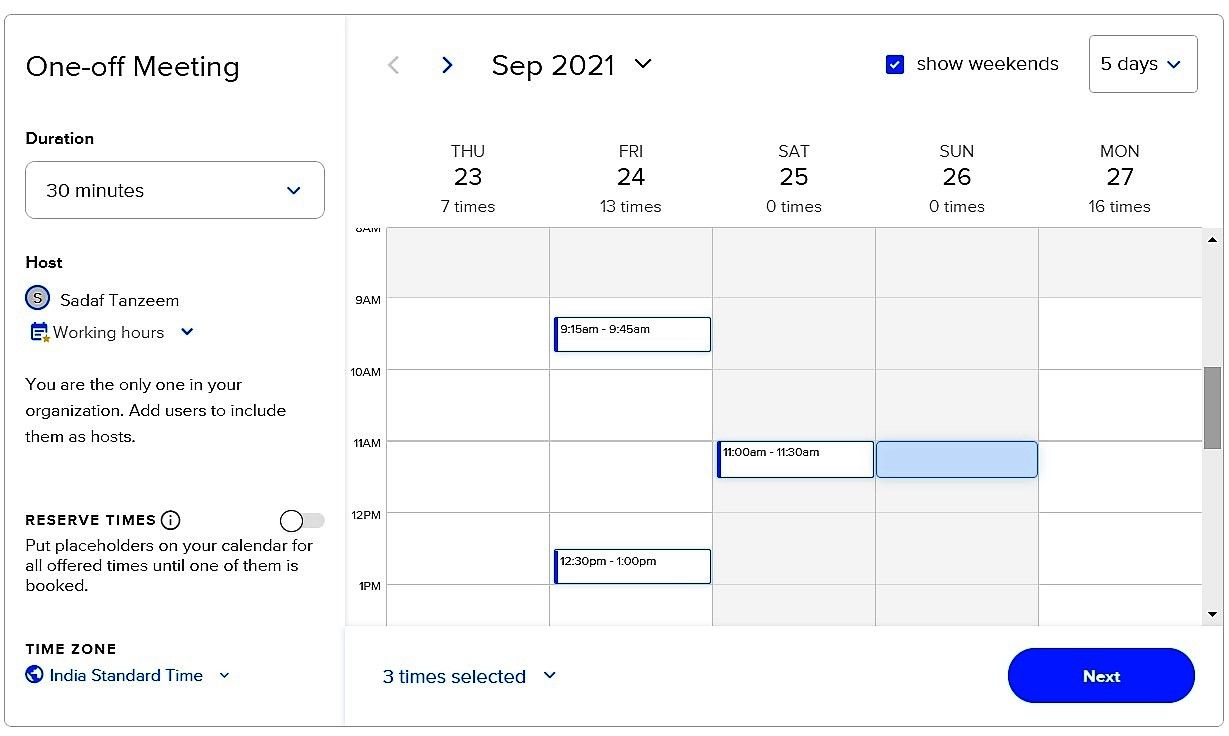
5. Publish your meeting by clicking on the Next button.
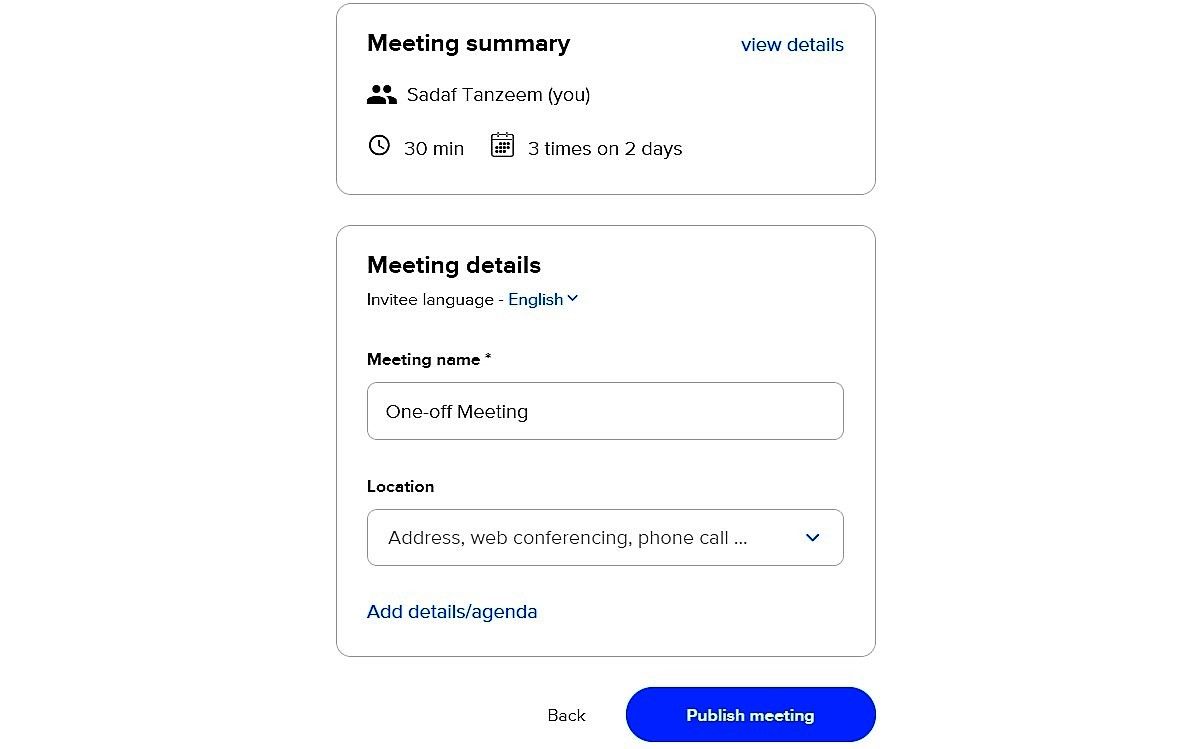
6. Copy the meeting link from this page.
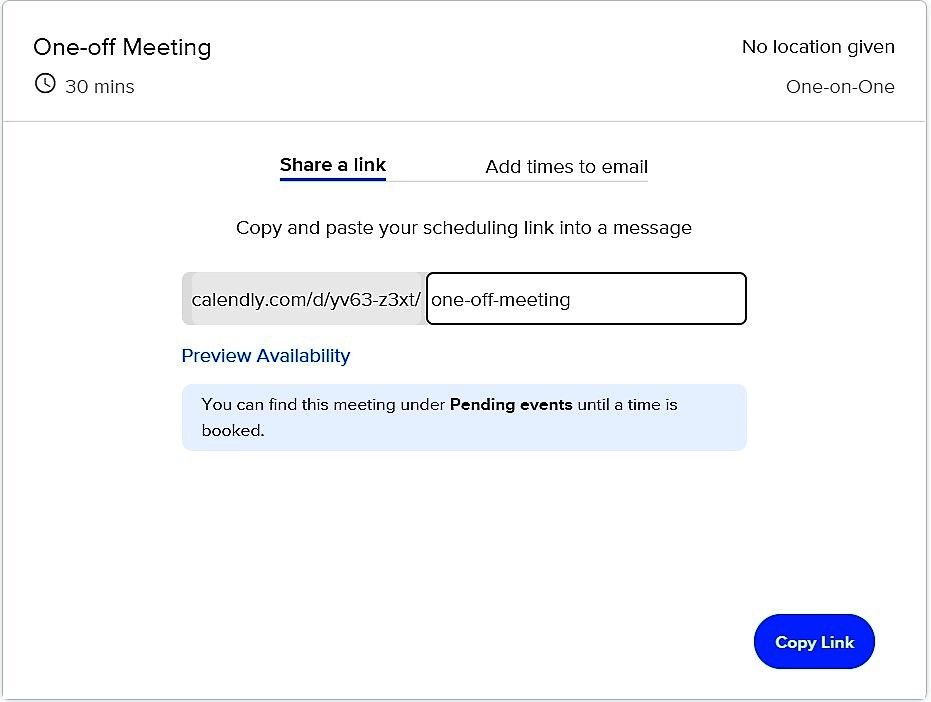
7. Add the link to your email to the client.

Once everyone on the team is comfortable with the process, they can cross out scheduling regular meetings from their daily to-do list for each client. They can just share the same meeting/event link with all of them. Based on how many of the slots have been taken, one can opt for the free ones.
Step 4: Execute the Plan
Once it's all done, implement your new plan effectively. Chances are that you may have a number of tasks to automate, and your plan might have become a little more complex than you thought. In such a case, take help from your IT department in creating and executing your new plan with the automation tool you've selected.
Step 5: Evaluate and Test
After automating the needful tasks, test the smoothness of the new workflow plan. Find out:
- The effectiveness of the tasks performed.
- Its impact on the productivity of employees or team members.
- Is everyone comfortable using the new tools?
- Does the saved time have any effect on the increment of your income? (This one is for entrepreneurs, freelancers, and contractors.)
5 Tools to Automate Your Tasks
Here are some great automation tools with their brief details to save you the research time once you've listed the tasks to be automated.
1. Zapier
It's a popular automation software solution that allows you to integrate different software. You can carry the data from one tool to another by combining your everyday apps like Gmail, Dropbox, Slack, Google Calendar, Mailchimp, etc.
With this tool, you can automate thousands of tasks like tweeting all of your blog posts, saving attachments from Gmail to Google Drive, backing up all of your G-drive files to Dropbox, and more.
2. IFTTT
This tool is like Zapier when it comes to automation. It helps you to transfer data among different applications and perform other said tasks. But the free version of IFTTT is better than that of Zapier.
While the latter software takes at least 10-15 minutes to make things happen, IFTTT takes instant action once the trigger is placed.
But the downside of this tool is that it's only good for one-person businesses. They have no versions for teams or multiple employees. And if that's your requirement, go with Zapier. You can use it to set actions among multiple software based on the paid version you're using.
3. Buffer
It's a great tool when it comes to automating and managing your social media posts. They provide excellent scheduling options and come recommended by top brands.
4. LeadFormly
If you want to handle thousands of leads coming your way without recruiting a complete sales team, consider LeadFormly. It helps you to automate your sales process, increase your conversion rate, segment your leads coming right from the webpage.
This way, you can only focus on closing the deals instead of wasting time in the early lead processes.
5. Calendly
This is another simple automation tool for small businesses. It helps you to book appointments, arrange meetings, and phone calls, etc.
To make this work, all you have to do is set your availability preferences in Calendly and add the link in your meeting invitation email. Your clients can then choose the time that'll suit their needs from that list. Finally, whatever time they choose will automatically be scheduled in your calendar, and you'll be notified accordingly.
Automate Your Routine Tasks Now
Stop spending hours on essential but monotonous tasks.
Take some time to automate all such tasks, browse through the categories you just read, research the tools that can help, and save multiple hours daily.

0 Comments